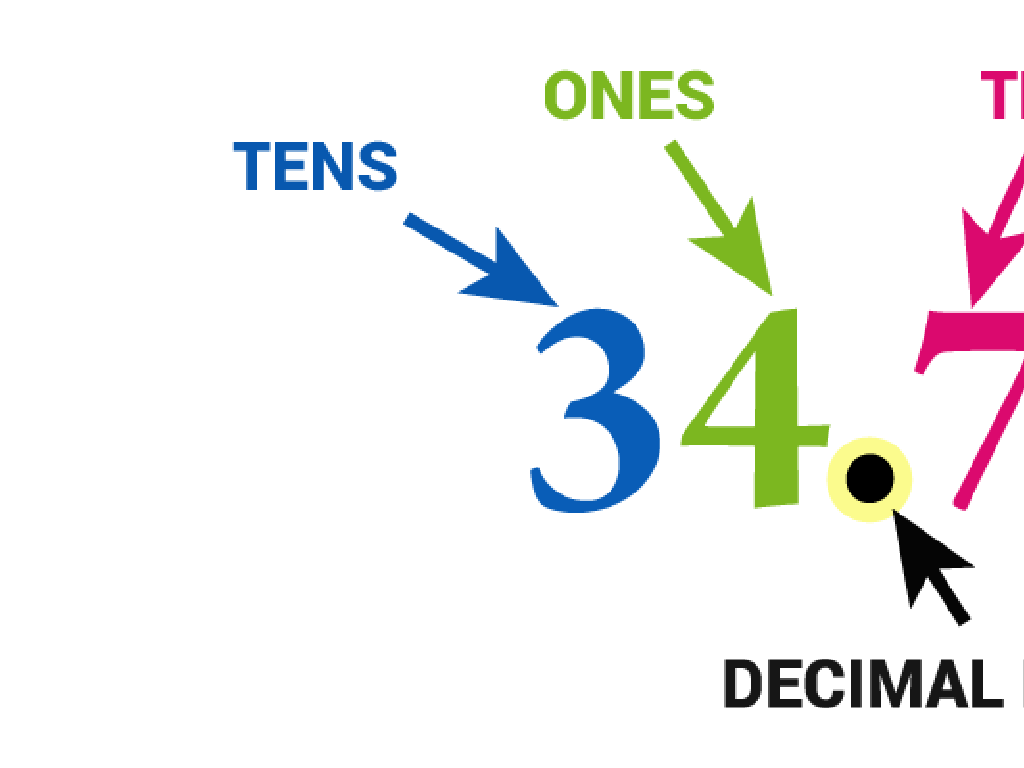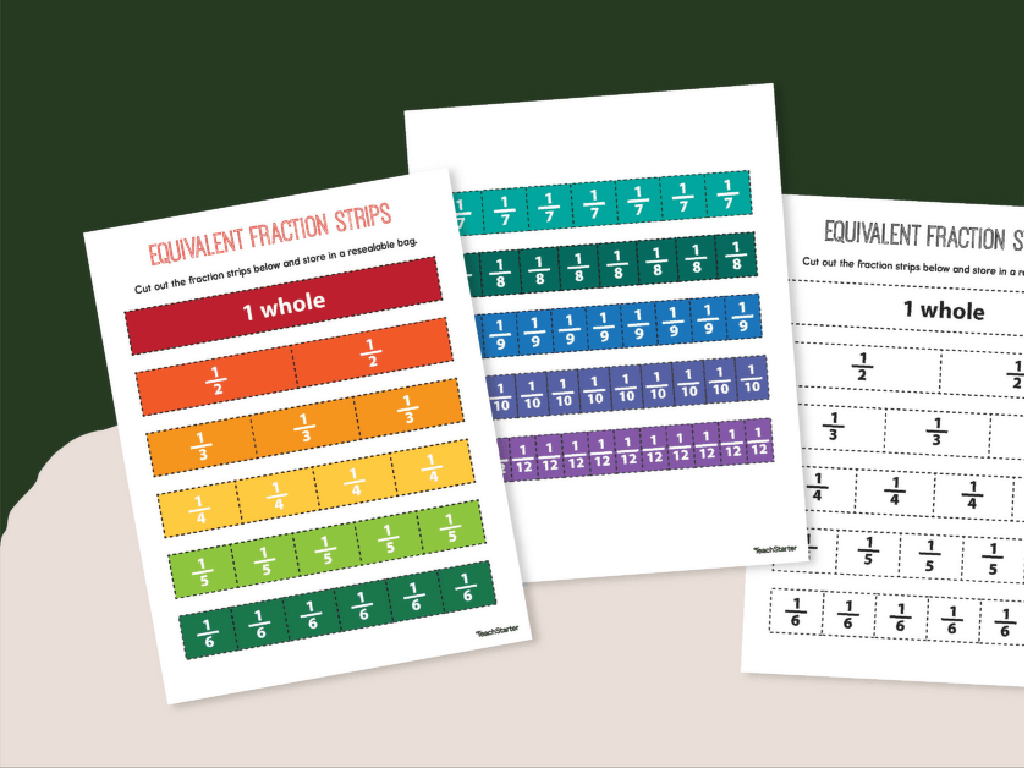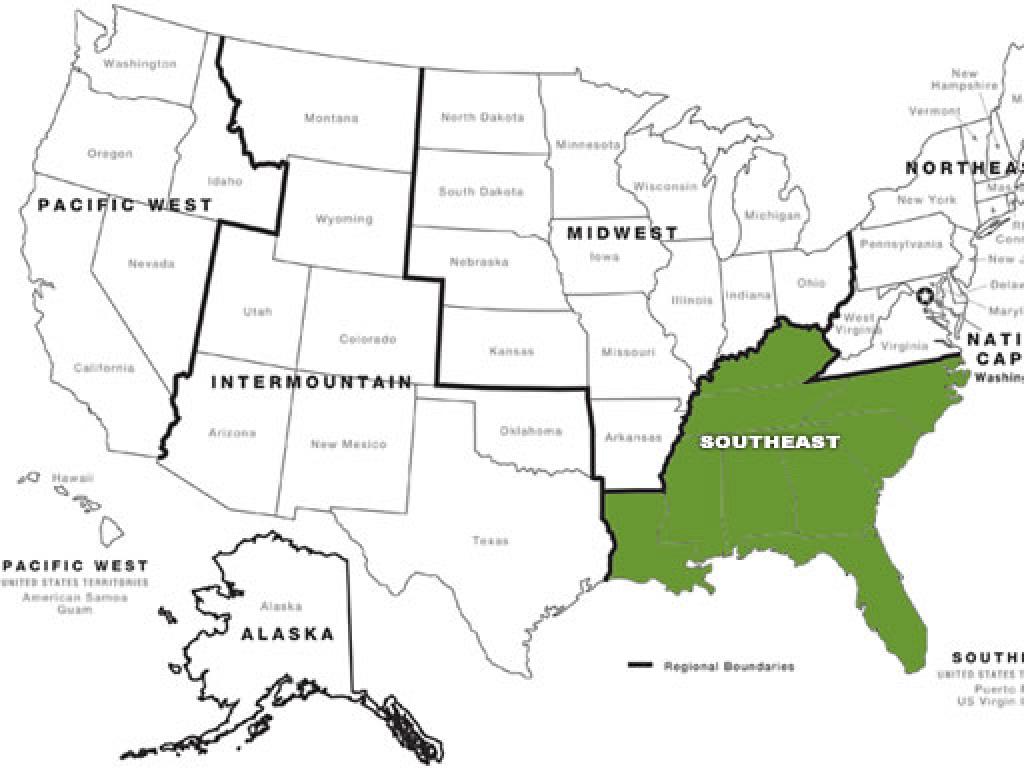Compare Numbers Up To 100 Using Symbols
Subject: Math
Grade: First grade
Topic: Comparing Up To 100
Please LOG IN to download the presentation. Access is available to registered users only.
View More Content
Welcome to Comparing Numbers!
– Learn about comparing numbers
– Understand bigger and smaller
– Bigger numbers have more, smaller have less
– Symbols: greater, less, equal
– Use > for greater, < for less, = for equal
– Practice with examples
– Compare 45 with 32 using symbols
|
This slide introduces first graders to the concept of comparing numbers up to 100. Start by explaining that numbers can be compared to see which one is bigger or smaller. Introduce the symbols for greater than (>) and less than (<), as well as the symbol for equality (=). Use relatable examples such as comparing the number of apples in two different baskets to help them understand the concept. Provide plenty of practice opportunities with different number pairs and encourage students to use the correct symbols to show their understanding. Reinforce that the open end of the symbol always points to the bigger number.
Learning to Compare Numbers
– What does ‘compare’ mean?
– Comparing means finding which is more or less
– Comparing things we know
– Like more toys or fewer books
– Comparing numbers with symbols
– We use special signs to show which number is bigger or smaller
– Symbols: >, means greater, < means less, = means equal
|
This slide introduces the concept of comparison to first graders by relating it to everyday objects they are familiar with, such as toys and books. It then transitions to comparing numbers, which is a new application of the concept for them. The slide explains that symbols are used to represent the relationship between numbers. The greater than symbol (>) indicates that one number is larger than another, the less than symbol (<) indicates the opposite, and the equal sign (=) shows that two numbers are the same. Encourage students to think of examples where they have more or fewer items to help them understand the concept of comparison. Practice with real-life examples will help solidify their understanding.
Meet the Symbols!
– Greater than symbol (>)
– When one number is bigger than the other, e.g., 8 > 5
– Less than symbol (<)
– When one number is smaller than another, e.g., 3 < 7
– Equal to symbol (=)
– When two numbers are the same, e.g., 6 = 6
|
This slide introduces the comparison symbols to first graders. Start by explaining that these symbols are like secret codes that tell us if one number is bigger, smaller, or the same as another number. Use real-life examples like comparing the number of apples in two bowls or the height of two plants. Encourage the students to make the symbols with their hands a ‘V’ for greater than and a ‘C’ for less than to help them remember which is which. Practice with the class by comparing different pairs of numbers up to 100 and using the correct symbol to show the relationship between them.
Let’s Practice Comparing Numbers!
– Decide which number is bigger
– Choose the correct comparison symbol
– Symbols are , or =
– Symbol points to the smaller number
– Think of the symbol as a hungry alligator that wants to eat the bigger number!
– Practice with examples
– Example: 42 > 36, because 42 is bigger than 36
|
This slide is designed to help first graders practice the concept of comparing numbers up to 100. Start by showing two numbers and asking the students to decide which one is bigger and which one is smaller. Introduce the comparison symbols: less than (), and equal to (=). Explain that the symbol always points to the smaller number, like a hungry alligator that wants to eat the bigger number. Provide several examples and encourage the students to draw the symbols themselves. For the activity, have students work on worksheets with pairs of numbers to compare, use number cards to create their own comparisons, or play a game where they ‘feed’ the alligator with the correct number. The goal is to ensure students are comfortable with comparing numbers and using the symbols correctly.
Comparing Numbers: Using Symbols
– Compare 23 and 45
– Which symbol goes: 23 ___ 45?
– Compare 76 and 76
– Do we use , or = for 76 ___ 76?
– Practice on the board
– Let’s solve some examples together!
|
This slide is designed to engage first-grade students in learning how to compare numbers using symbols such as , and =. Start by presenting the first example, 23 ___ 45, and ask the class which symbol they think is correct. Explain that the symbol < means 'less than' and since 23 is less than 45, we use 23 < 45. For the second example, discuss that when two numbers are the same, we use the symbol =, so it will be 76 = 76. Then, invite students to the board to try more examples, guiding them to understand the concept of comparing numbers. Encourage participation and praise their efforts to build confidence. The activity will help solidify their understanding of comparison symbols in a fun and interactive way.
Your Turn to Compare Numbers!
– Receive a worksheet with numbers
– Draw the correct comparison symbol
– Use , or = to compare two numbers
– Pair up and work together
– Two heads are better than one!
– Help your partner understand
– If your friend is stuck, try to explain!
|
This slide introduces an interactive class activity where students will practice comparing numbers using symbols. Distribute worksheets with pairs of numbers up to 100 and instruct students to use the less than (), or equal to (=) symbols to compare them. Encourage students to work in pairs to foster collaboration and peer learning. As they work, walk around the classroom to offer guidance and support. Possible activities include: 1) Comparing their ages, 2) Comparing the number of letters in their names, 3) Comparing the number of items in their lunch, 4) Comparing the number of days in different months, 5) Comparing the number of books they read. This will help students understand the concept of comparison in a fun and engaging way.
Class Activity: Number Line Hopscotch
– Play hopscotch with a number line
– Listen for two numbers called out
– Hop to the bigger number
– Same numbers? One foot on each!
|
This interactive activity is designed to help first graders understand the concept of comparing numbers using physical movement. Set up a number line on the floor using tape or chalk. Call out pairs of numbers and have the students hop to the number that is greater. If the numbers are equal, they should try to stand on both, helping them visualize the concept of equality. Possible variations: 1) Use different colored markers for less than, greater than, and equal to. 2) Have students hold up signs with the correct symbol as they stand on the number. 3) Pair up students to challenge each other. 4) Introduce ‘mystery hops’ where students guess before revealing the numbers. 5) Incorporate music for a ‘musical numbers’ game where they hop when the music stops.
Review: Comparing Numbers
– Greater than (>) is more
– If one pile of apples has 10 and another has 7, 10 > 7
– Less than (<) is fewer
– If you have 3 cookies and your friend has 5, 3 < 5
– Equal to (=) is the same
– When both your hands have 5 fingers, 5 = 5
– Practice with examples
|
This slide is a review of the symbols used to compare numbers up to 100. The greater than symbol (>) indicates that one number is larger than the other. The less than symbol (<) shows that one number is smaller. The equal to symbol (=) is used when two numbers are the same. Use everyday examples like comparing amounts of fruits or cookies to make it relatable for first graders. Encourage the students to come up with their own examples and to draw the symbols themselves. This will help solidify their understanding of these comparison symbols in a fun and interactive way.
Conclusion and Goodbye!
– Excellent work on number comparison!
– Keep practicing >, <, and = symbols
– Use symbols to show which number is bigger or smaller
– Try exercises at home for mastery
– Find pairs of numbers and compare them using your new skills
– Excited to see you in the next class!
|
Today’s class was a success, and the students have done a great job learning how to compare numbers using the greater than, less than, and equal to symbols. It’s important for them to continue practicing at home to reinforce these concepts. Provide them with some example exercises they can do with their parents or guardians, such as comparing the number of items in different groups or using playing cards to create numbers to compare. Encourage them to be creative and come up with their own sets of numbers to compare. Looking forward to our next class where we will continue to build on our math skills and have more fun with numbers!






